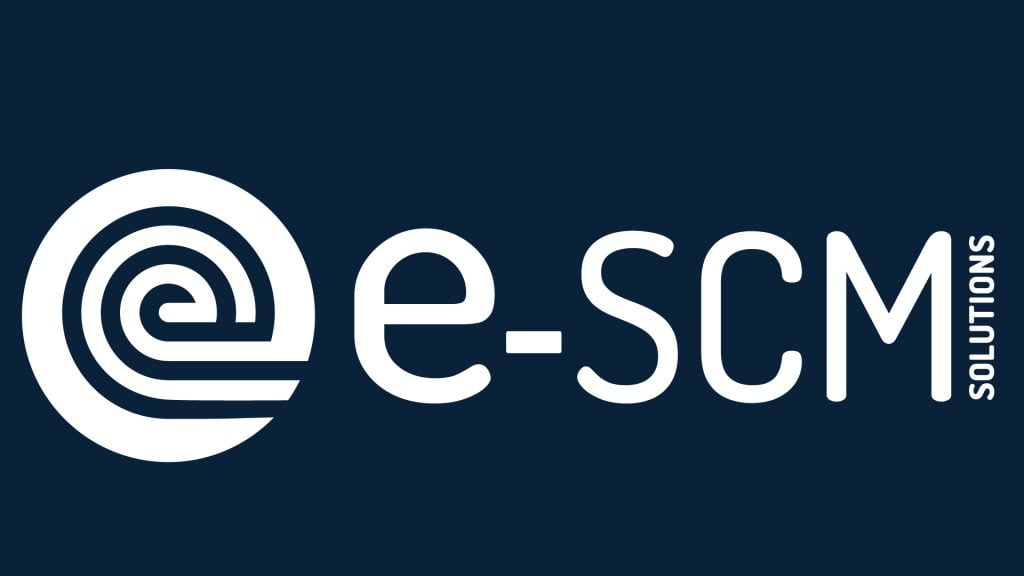
Let's take stock of the report "fashion sourcing overhaul: speed and flexibility at the forefront*" from Mc Kinsey & Co, which presents the results of a survey carried out among clothing sourcing managers from 38 brands and international retailers, in November 2021.

The COVID-19 crisis is having serious consequences on the supply chain in the textile sector as it is experiencing major disruptions , particularly on the price of transport and raw materials...
Procurement managers face many challenges: shipping disruptions, demand volatility, COVID-19 constraints, raw material limitations and rising costs, and increased online sales.
Shipping costs and raw material prices continue to rise and it's not getting better. This increase is one of the major concerns of those responsible for supply.
These major constraints call into question the fashion industry and internal organizational processes.
 The supply chain has become a priority for leaders to move towards a flexible, fast, sustainable, consumer-centric and digital-first model.
The supply chain has become a priority for leaders to move towards a flexible, fast, sustainable, consumer-centric and digital-first model.
A profound change is taking place in the sourcing and design processes, working methods and commercial priorities are evolving.
The report states that 50% of companies have initiated a major transformation to achieve speed and flexibility.
A new model is emerging to move towards:
The transformation of the supply chain is becoming a key success factor in meeting the challenge of a more flexible, rapid and sustainable supply model, particularly in decision-making and operational processes. Investments are still necessary.
With our e-SCM solution, we have been working for 15 years with fashion and luxury brands on the digitalization of the upstream supply chain. In the current context, our customers are equipped to face these major changes thanks to e-SCM.
1. Support the digital transformation of your supply chain
To succeed in their digitalization, procurement managers will have to focus on strengthening internal skills and deploying integrated and efficient technological tools .
 In our project approach, we favor support for change and training of supply players for good appropriation of new tools and user engagement. We emphasize proximity with business representatives in order to support them in getting to grips with the e-SCM solution, to involve them in all decisions and to help them in arbitration.
In our project approach, we favor support for change and training of supply players for good appropriation of new tools and user engagement. We emphasize proximity with business representatives in order to support them in getting to grips with the e-SCM solution, to involve them in all decisions and to help them in arbitration.
2. Optimize the management of your supply chain: costs / deadlines / quality
In order to guarantee your supply strategy, it is necessary to define key performance indicators and clarify the roles and responsibilities of supply players.
 e-SCM allows you to manage your indicators using the supervision module . It is possible to prevent any disruptions, delays or problems identified in the supply cycle. Thus, solutions can be put in place and anticipated to overcome production hazards and avoid disputes with suppliers .
e-SCM allows you to manage your indicators using the supervision module . It is possible to prevent any disruptions, delays or problems identified in the supply cycle. Thus, solutions can be put in place and anticipated to overcome production hazards and avoid disputes with suppliers .
The objective is to remain agile in the process and to adjust its trajectory according to the objectives set.
3. Create a digital ecosystem with your suppliers
The key point in facilitating agility and transparency in the supply chain will be the establishment of partnerships with suppliers and service providers throughout the supply chain. Stakeholder integration enables end-to-end supply management of the cycle : raw materials, product orders, production and deliveries.
 The e-SCM collaborative tool will centralize all information and thus strengthen collaboration and transparency within the supply chain. The creation of this digital ecosystem will improve the speed and flexibility of the process and guarantee the brand sustainable and ethically manufactured products.
The e-SCM collaborative tool will centralize all information and thus strengthen collaboration and transparency within the supply chain. The creation of this digital ecosystem will improve the speed and flexibility of the process and guarantee the brand sustainable and ethically manufactured products.
4. Align your strategy with your organizational goals
The definition of key indicators common to supply chain actors is necessary to align its strategy with its organizational objectives . It is important not to focus only on the best cost price and to review the responsibilities of the supply teams.
 e-SCM allows you to focus on the added value of the Supply Chain manager by facilitating these daily tasks, giving them a 360° vision of current production and the points of vigilance to be addressed as a priority to meet the set objectives.
e-SCM allows you to focus on the added value of the Supply Chain manager by facilitating these daily tasks, giving them a 360° vision of current production and the points of vigilance to be addressed as a priority to meet the set objectives.
In this way, supply teams will save time and be more efficient and responsive to hazards that may arise in the supply chain. This could be used to better manage relationships with suppliers and develop teams' digital and analytical skills.

e-SCM, a tool for supply chain managers
To succeed in their transformation with agility, brands will have to accelerate their digitalization, rethink their supply process and their internal/external organizational model.
Supply Chain managers will thus be able to rely on the e-SCM solution to secure supplies, manage production planning and guarantee product traceability, in consultation with suppliers.
Consult the Mc Kinsey & Co report: “Revamping fashion sourcing: Speed and flexibility to the fore”.